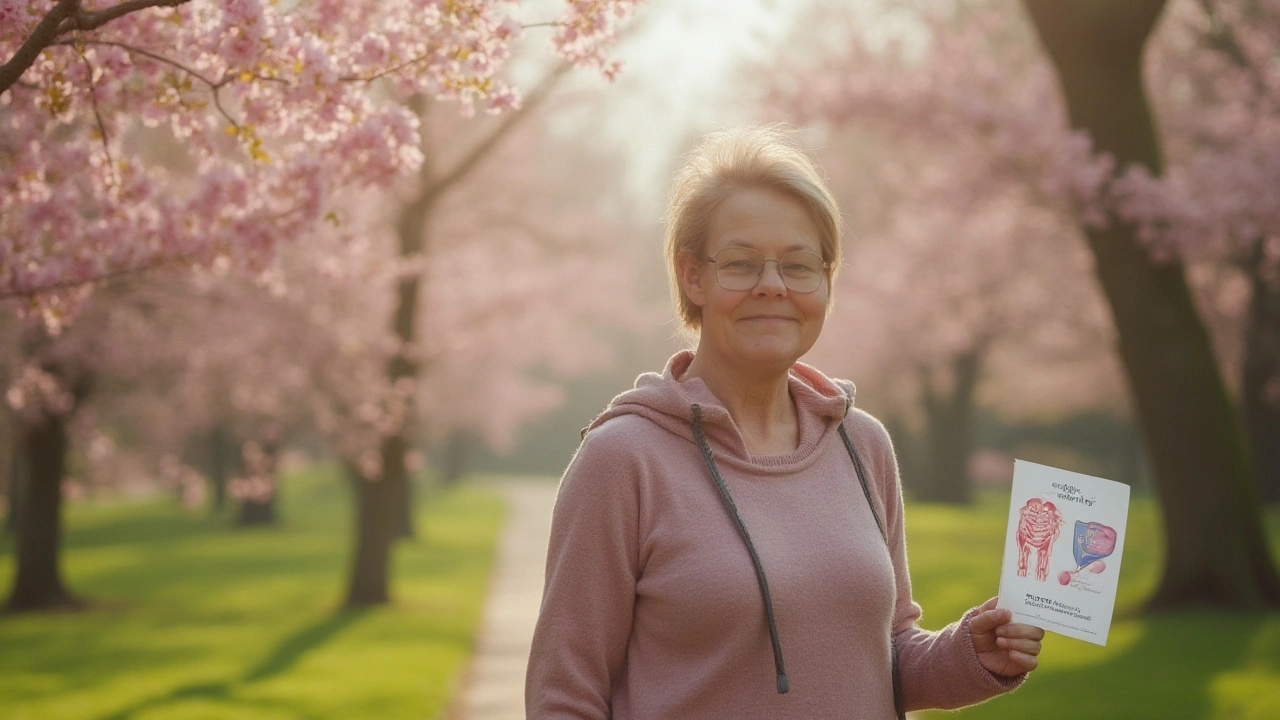Breast Cancer Prevention: Simple Steps to Lower Your Risk
Wondering how you can keep breast cancer off your radar? The good news is that a lot of what matters can be controlled by daily choices and regular check‑ups. You don’t need a medical degree to start lowering your risk—just a few practical habits and a bit of awareness.
Everyday Lifestyle Tweaks
First up, weight. Carrying extra pounds, especially around the waist, can raise estrogen levels and push the odds up. Aim for a weight that feels comfortable for you, and know that modest, steady loss works better than crash diets.
Next, move a bit. You don’t have to become a marathon runner; even brisk walking for 30 minutes a day boosts hormone balance and improves immune function. If you enjoy dancing, biking, or gardening, treat those as exercise too.
Alcohol is another easy target. Studies show that each drink adds a small increase in risk, so cutting back to a drink or two a week—or skipping it entirely—makes a difference.
Your plate matters as well. Load up on colorful fruits and veggies, whole grains, and legumes. Foods rich in fiber and antioxidants, like berries, broccoli, and beans, help the body process hormones more cleanly. Try swapping a sugary snack for a handful of nuts or a piece of fruit.
If you’re planning a family, know that breastfeeding for at least six months can shave off a few risk points. It’s not a guarantee, but the data is clear: longer nursing periods are linked to lower rates of breast cancer.
Hormone replacement therapy (HRT) for menopause relief is useful for some, but it also nudges the risk upward. Talk with your doctor about the lowest effective dose or alternative options if you’re concerned.
Screening and Professional Checks
Even the best lifestyle can’t replace early detection. Most guidelines recommend a mammogram every two years starting at age 40, but if you have a family history, you might start earlier. Talk to your doctor about the schedule that fits you.
Self‑exams are quick, free, and give you a baseline for what’s normal in your body. Do a gentle check once a month, preferably a week after your period ends. Notice any new lumps, changes in shape, or skin dimpling, and don’t wait to get them checked.
Clinical breast exams during a regular health visit add another layer of safety. The provider can feel areas you might miss and advise on any next steps.
For those with a strong family history or known genetic mutations (like BRCA1/2), genetic counseling can clarify risk and guide more aggressive surveillance or preventive measures.
Remember, screening isn’t a one‑time event. Keep a schedule, set reminders on your phone, and treat appointments like any other important commitment.
Putting these pieces together—healthy weight, active living, mindful eating, limited alcohol, smart hormone use, and regular screening—creates a solid defense against breast cancer. It’s not about perfection; it’s about making steady, realistic changes that add up over time.
Start with one habit that feels doable, whether it’s a short walk after dinner or swapping soda for water. Then add another. Over weeks and months, you’ll build a routine that feels natural and keeps your breast health on the right track.
Evista Benefits, Side Effects, and Usage: What Women Need to Know in 2025
Explore how Evista helps women prevent osteoporosis and reduce breast cancer risk, how it works, side effects, real-life tips and medical facts for 2025.
Learn more...